This entry looks at coding and, specifically, Maggie MacLure’s (2013) ‘coding as an analytic practice.’ I explore what I thought coding was (with little understanding) and then, how I discovered what coding could be and do (with a little more understanding)…
Recruiting Students into PETE Programs: Part 2
Welcome to the second installment of the February 2021 PETE Collaborative summary. There were such rich discussion and additional chat participation throughout this Collaborative that we strongly recommend you listen to the full audio here.
Recruiting Students into PETE Programs
This blog aims to summarize (to the best of my ability) the recent PETE Collaborative on recruitment and retention into PETE programs. The discussion audio can be found by searching “Playing with Research in Health and Physical Education” Podcast on Spotify, Apple Podcasts or most anywhere you listen to podcasts, or by clicking here. The discussion was rich and the chat was very active during the collaborative. It is our attempt to summarize the key points in this blog.
Rethinking Long-Term Athlete Development—A Behavioral Approach
Looking outside of the primary discipline of physiology to rethink long-term athlete development (LTAD) is the focus of this blog entry. Risto brings an overview of the article from Ian Jeffries that reveals the potential within LTAD along with various models and theories explaining best practice. The results advocate that implementation begins with behavior change and the establishment of new norms.
Stereotypical Views of Beauty and Boys STILL Not Letting Girls Play
Marginalized students have experienced great barriers to enter the context of physical activity in schools as inequality in education has risen. Girls experience these barriers solely due to their gender. These barriers are discussed in this entry with an overview of the article Stereotypical Views of Beauty and Boys STILL Not Letting Girls Play: A Student-Centered Curriculum for Young Girls Through an After-School Activist Approach through a feminist poststructuralist lens. The research was conducted in the after school GIRL program at Waterfalls Elementary school. Through an activist approach, student voices were heard in curricular decision making and relationships were built throughout the school year in an attempt to create a sense of safety within the classroom.
‘Playing with Research’: Theory Troubles
The Coach–Athlete Relationship in Strength and Conditioning: High Performance Athletes’ Perceptions
A well-structured, scientifically driven program with high performing athletes depend on effective coaching leadership. This entry summarizes the article from Foulds and colleagues (2019) ‘The coach–Athlete relationship in strength and conditioning: High performance athletes’ perceptions’. This article is based on the 3+1 C’s and the perception of high-performance athletes’ of S&C coaches. We bring insights about different pieces of the human performance puzzle that are important for a deeper understanding of effective leadership and coach-athlete relationship
REACH Harlem: young urban boys’ experiences in an after-school PA positive youth development program
Enacting a body-focused curriculum with young girls through an activist approach: Leveraging the after-school space
This entry provides an overview of the after-school curriculum referred to as GIRL (Gaining Insight through Reflexive Learning) through an activist approach (Meza & Marttinen, 2019). Two coaches worked together to develop a safe and supportive environment establishing a trusting relationship with the students. As a result, effective teacher practice through an activist student-centered approach was able to strengthen the relationship between the girls and physical activity bridging towards lifetime physical activity and literacy.
‘Playing with Research’: Writing as Inquiry?
This entry turns to Laurel Richardson’s (2000) notion of writing as a method of inquiry. It builds on my previous entry, in which I played around with poetic transcriptions. For Richardson (2000), poetic representation is one of many creative analytic practices through which to experiment. Here, I play with writing as inquiry to show a small part of the process that produced a ‘final’ publication…










